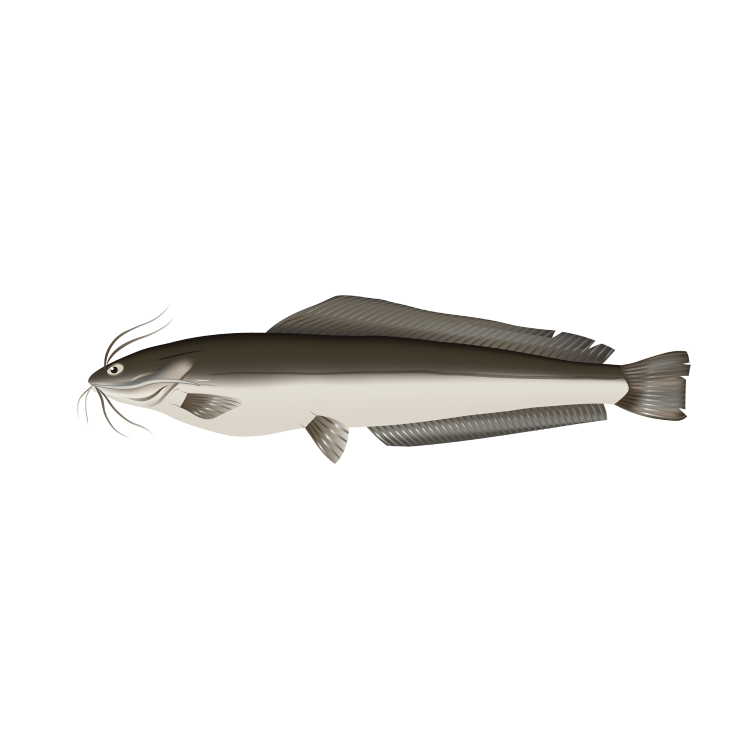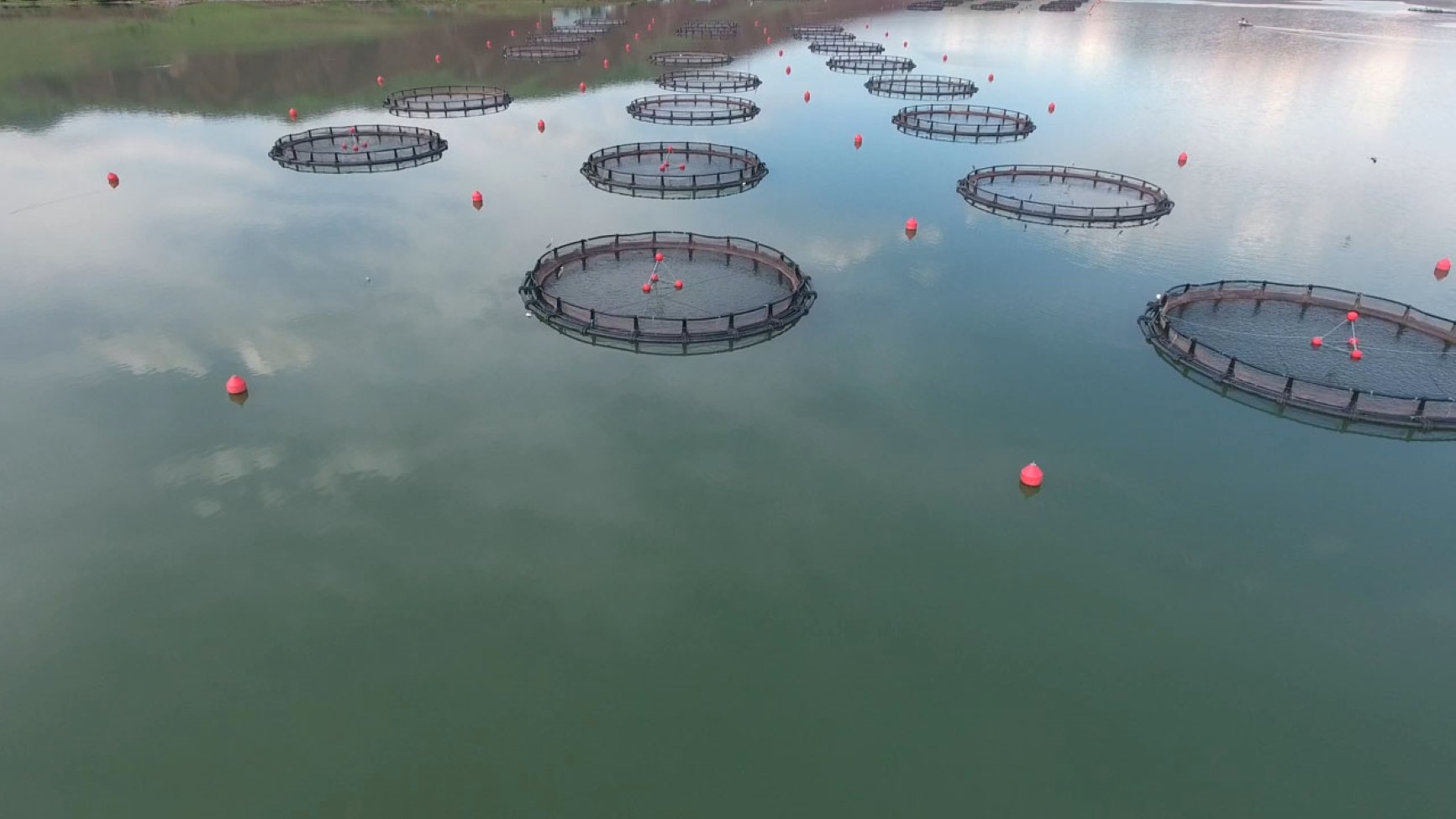Catfish Broodstock Feed
- Premium product
Broodstock nutrition has a profound influence on the quantity, quality and performance of the offspring. Feeding Superior Repro ensures that eggs produced will contain sufficient energy to aid transition from endogenous to exogenous feeding in the catfish larvae.
Catfish Broodstock Feed is a floating diet especially designed for catfish breeders. The diet is formulated according to the Protec principles.

-
Good fish growth
-
Fair FCR
-
Requires high water turnover
